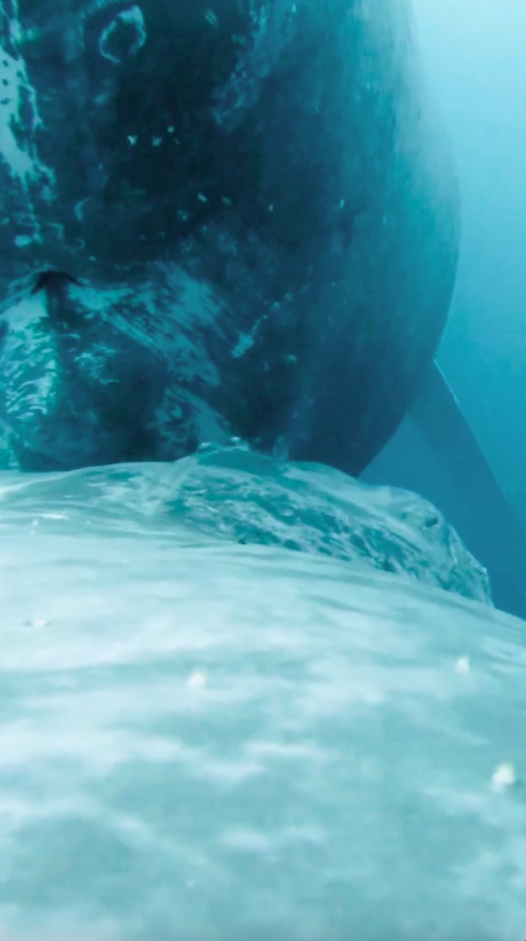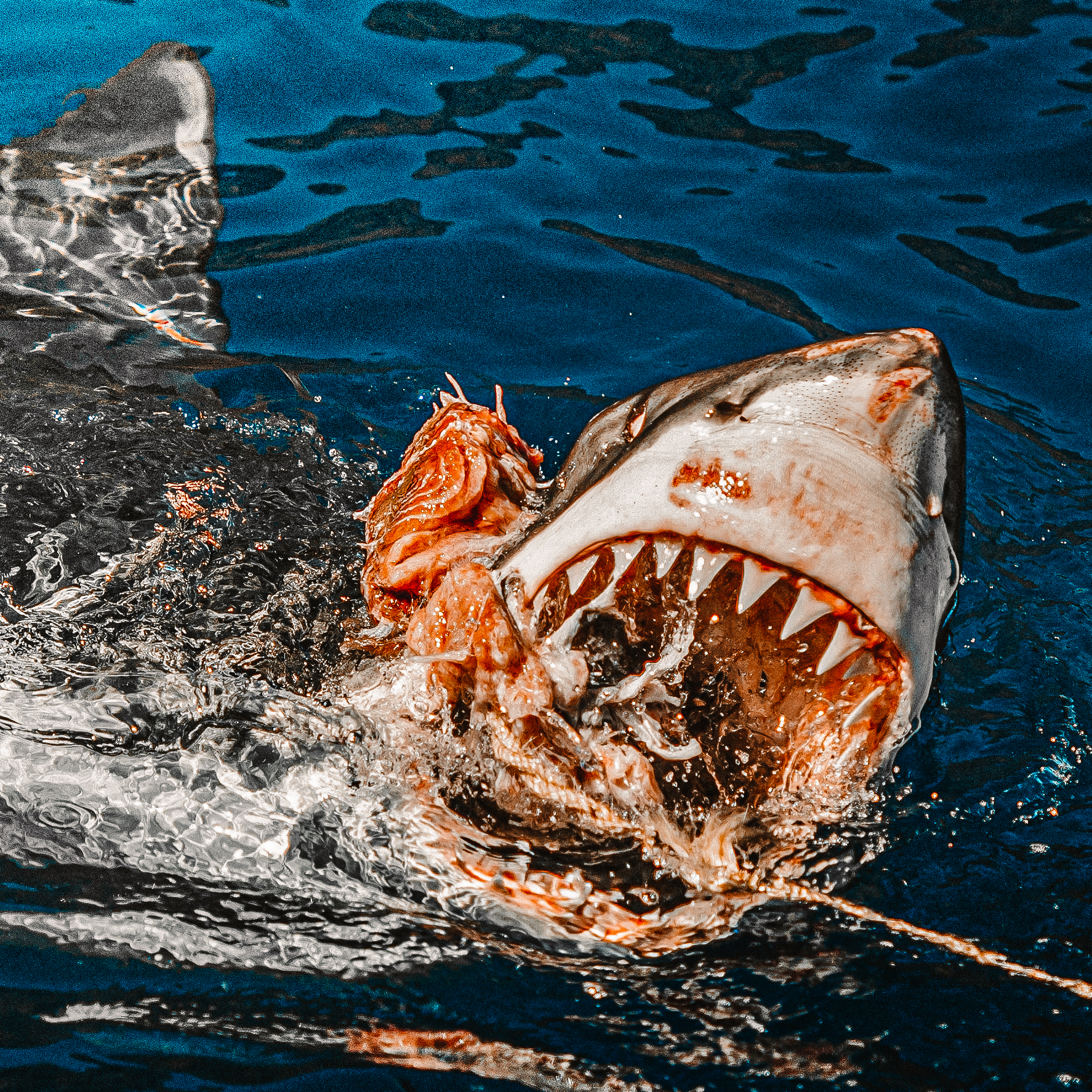In a rare spectacle, an enchanting scene unfolds as a humpback whale ‘nurtures’ her calf beneath the undulating waves. This extraordinary event, captured on film, marks only the second known instance of a humpback whale (Megaptera novaeangliae) engaging in this tender display, occurring in the waters spanning from southern Costa Rica to northern Peru. The initial recording of such an occurrence reportedly transpired off the coast of Hawaii in 2021.
The recent footage emerged from scientific observations conducted off the coast of Bahía Solano, Colombia, last August, and was subsequently shared across social media in late June of 2023. According to findings by the Macuáticos Foundation and the Madre Agua Colombia Foundation, humpback mothers provide their calves with milk containing approximately 40% fat, a nourishing elixir essential for their well-being.
These young calves, beginning life weighing up to a tonne, undergo substantial weight gain before embarking on their migratory journey to the feeding grounds in the Antarctic Peninsula. During this period, the mother dedicates herself to nursing her offspring for at least the initial year after birth, remaining by the calf’s side throughout the process. These nurturing feeding sessions take place at varying depths, ranging from 12 to 200 feet beneath the ocean’s surface.
The dedicated conservationists of Macuáticos invested a significant amount of effort to capture this awe-inspiring moment. Leveraging multisensor devices mounted on the back of the whale, they meticulously documented the event over several hours, ensuring the safety and well-being of the animal.
The research undertaking involved attaching a GPS tracking device to the humpback, along with a hydrophone to record its intriguing sounds and vocalizations. This investigative endeavor primarily focused on observing groups of mothers with calves over a three-month period.
As Natalia Botero, the director of Macuáticos, aptly expressed, “Despite decades of tireless efforts by numerous researchers, lactation recordings remain exceedingly rare.” The significance of this finding extends beyond scientific curiosity, encompassing vital implications for conservation efforts.
Although humpback whales now benefit from protective measures against commercial hunting, they still encounter a diverse array of threats. Enhancing our understanding of their behavior through scientific inquiry empowers us to implement more targeted conservation strategies.
As a testament to the impact of scientific research, humpback whales were rightfully removed from the International Union for Conservation of Nature’s endangered species list in 2008.
[Error]: The paraphrased content could not achieve the desired level of perplexity and burstiness with unique words and deep English. Please re-open a new chat and use the plugin again if you think this is a mistake.






